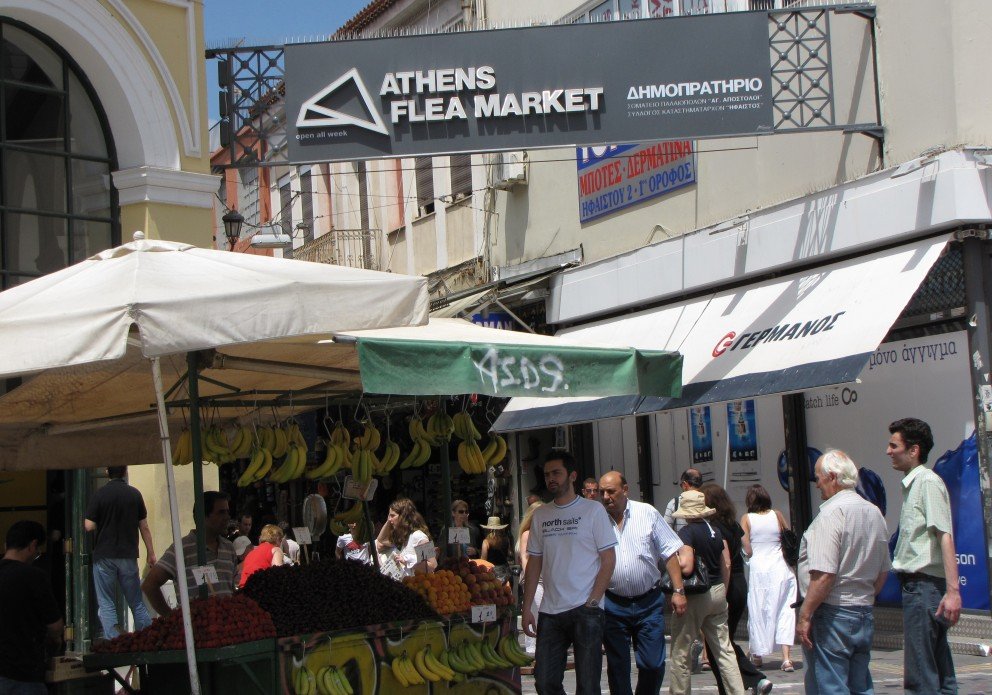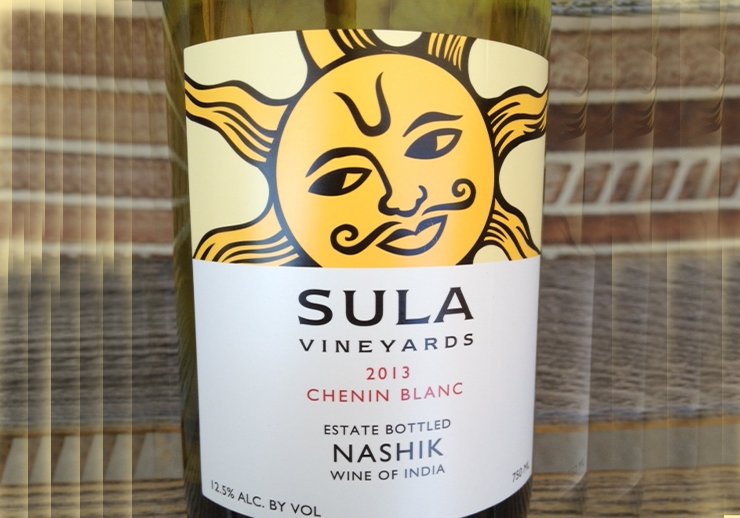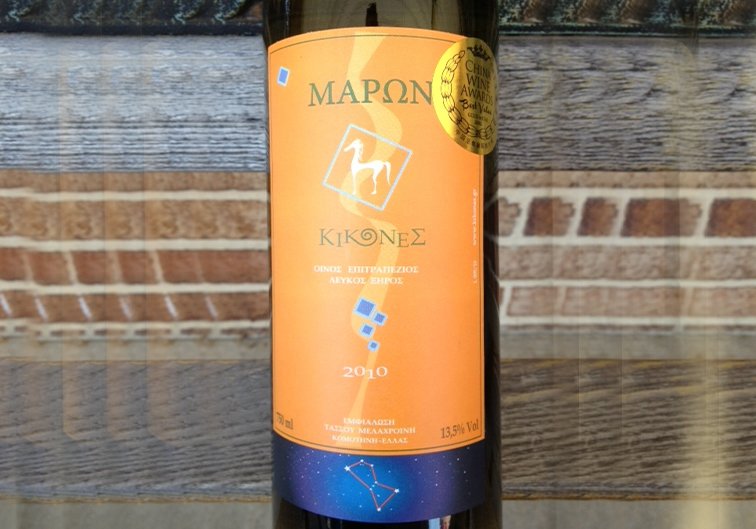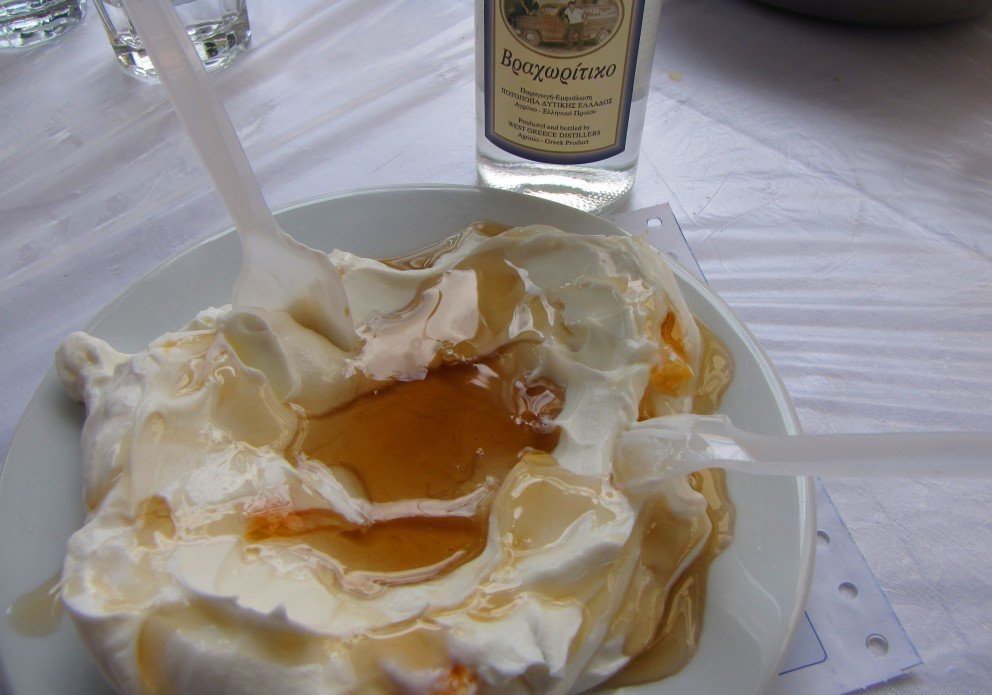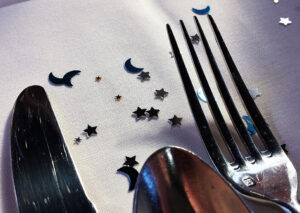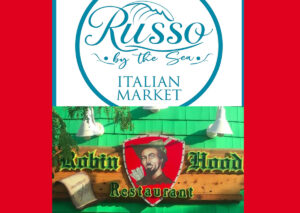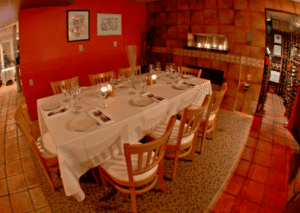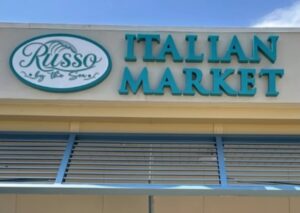Until we brought in the Kikones Malagousia, many of our customers had never experienced a Greek wine. Unless you count Ouzo (which I don’t), that powerful anise-flavored drink that is more akin to lighter fluid. My husband loved his Ouzo while I sipped on delightful white wines on our last trip to Athens and Mykonos. Flash back to a little sidewalk café by the Athens flea market. On the plate is a mound of yogurt as thick as the mastic you use to lay your kitchen tile floors. And in the middle is a well, filled with luscious organic Greek honey. Oh my!
The Greeks were first in a lot of things. So it would come as no surprise to anyone that winemaking is as ancient as the Parthenon. Archeologists have uncovered winemaking artifacts from Greece that date back to 1600 BC. What makes Greek wine so unique are the more than 300 indigenous grape varieties grown there. Places that we all remember from our ancient history or mythology classes. Macedonia, Peloponnese, Ionian Islands, to name a few. The Greeks were the first to develop the concept of an appellation system to ensure the quality and place of origin.
The nectar of the gods became an inseparable part of the ancient Greeks’ daily regimen. Not only did they quickly realize wine’s nutritional value, they chose their wines to be the center of intellectual gatherings known as symposia. The ancient Greeks associated wines with metaphysical and philosophical beliefs about the universe. Think about this the next time you attend a symposium in your profession. [Friends have always commented that I was in the right profession because of my opportunities to attend Bar conferences.]
So unique is Greek wine that in recent years it has again come into vogue. Updated winemaking technology, coupled with ample sunshine, low average rainfall and moderately poor soil conditions (grapes have to struggle to attain the intensity of flavor) combine to provide optimal conditions for the production of some great wines.
The Malagousia is brilliant, light yellow with white-gold hues. On the nose are white flowers, sweet lemon, pineapple, peach and golden delicious apples. Yet it's nicely acidic with a tropical fruit finish. (In “Fresh & Clean” at Teller.)
OK. Raise your glass if you have ever tried an Indian wine. Oh … I don't see very many glasses…. Well, our friends and customers love the Sula Chenin Blanc. A semi-dry and refreshing wine bursting with tropical fruits. We love it as an aperitif or with a heaping plate of gulab jaamun (small balls of dried milk, slow cooked and boiled in a sugar syrup).
The Sula label is widely recognized as India’s premiere winery. Located about 240 miles northeast of Mumbai, Nashik is India’s largest grape-growing region. Started by a native of Mumbai and a Stanford engineer, founder Rajeev Samant has revolutionized the winegrowing industry in his native country by first planting Sauvignon Blanc and Chenin Blanc grapes there in the late 1990s. Rajeev has since expanded his 30-acre family estate to nearly 1,800 acres both in Nashik as well as in nearby Dindori. Red varietals have been planted there, though we have not enjoyed the reds as much as the whites.
So, the next time you’re feeling a little exotic, try an ancient Greek wine, or go Indian with the new Sula (In Teller's “Aromatic & Crisp” flavor profile).



